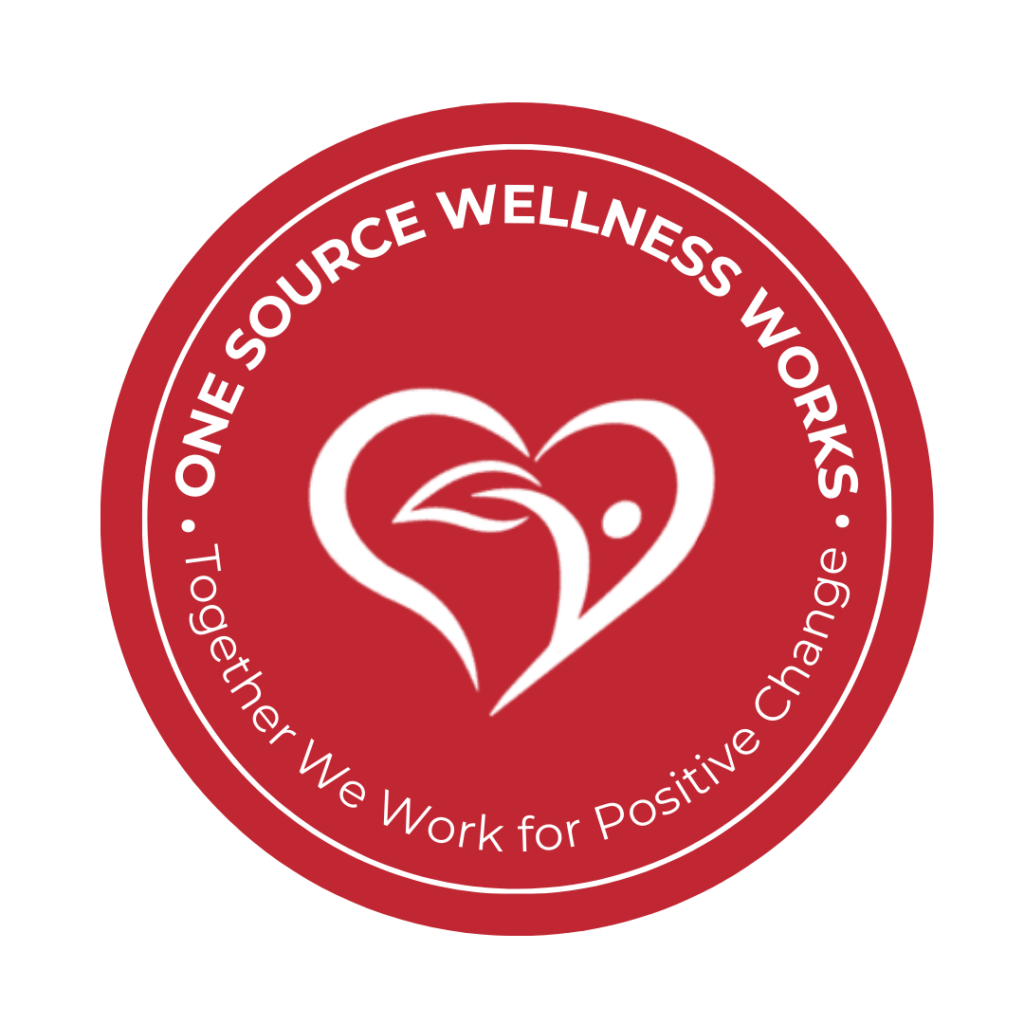When you teach trauma informed yoga classes, you create supportive spaces where all students can reconnect with their bodies and learn emotional regulation skills in a safe way.
Teaching trauma informed yoga employs principles of hatha yoga, but it is specifically developed with trauma survivors’ needs in mind. It can be very effective adjunctive treatment for complex, developmental trauma or chronic, treatment-resistant PTSD.
During classes, yoga practices are modified to cultivate individuals’ positive relationships with their bodies, and enable feelings of empowerment. They often do not include physical hands-on adjustments.
All participants are encouraged to focus on their own internal experience, not on trying to please the instructor or do poses the “right” way. This shift in orientation can help students make choices that restore their own connection between body and mind, and give them back the sense of agency that trauma has often compromised.
Recent research on yoga and mental health is inspiring more yoga teachers to make their classes more trauma informed, and to work together with mental health professionals to bring the body into their treatment of patients.
The Connection Between Trauma and Mental Health
Dr. Joseph Morrow is the staff psychologist at a maximum security state hospital in California, where he also serves as the chair of their suicide prevention committee. He is a member of the hospital’s trauma informed care committee and his primary focus is on assisting with recovery and healing from psychological trauma.
Dr. Morrow has spent many years working with mentally ill patients, including those with bipolar disorder and schizophrenia. Many of his patients share a history of early childhood abuse or trauma.
He noticed that symptoms like disorganized thoughts, hallucinations, and perceptions often mirrored the early traumas that these individuals had been through. It became clear to him that simple biology couldn’t explain what was happening in these cases, and that insight prompted him to begin working with his patients through a trauma-informed lens.
“Trauma-informed care means respecting that individuals are responding to the world in ways that allow them to survive, and they have gotten to a point in their life where they may no longer need those defense mechanisms. And in fact, those defense behaviors are causing them a lot of problems, but still there was a reason for their initial function.
That helps chip away at the stigma of mental illness and the idea that there’s something wrong with them. And now that we have an understanding of why they were responding early in their life to these threats to their wellbeing or the wellbeing of others, we can now start to create some distance from those early experiences and start to find new ways to deal with life.”
Trauma-Informed Yoga
Dr. Bessel van der Kolk, author of The Body Keeps the Score: Brain, Mind, and Body in the Healing of Trauma, is a clinical psychiatrist who specializes in understanding and treating trauma by attempting to integrate mind, brain, body, and social connections.
In research supported by the National Institutes of Health, Dr. van der Kolk and his colleagues showed that ten weeks of yoga practice significantly reduced PTSD symptoms in patients who had not responded to previous treatments and medications.
Areas of the brain that involve self-awareness get activated by doing yoga, according to neuroimaging of the brain before and after regular yoga practice. We need to access those areas in order to heal trauma, and many patients have been locked out of them.
Yoga teachers are learning how to acknowledge and honor these histories of trauma, then helping individuals find new ways to cope.
Here are a few tips for making your yoga classes more trauma informed:
Put safety at the forefront. When a person experiences trauma, their power has been taken away from them, so it’s critical that they feel in control of their own experience as they practice asanas. You are there to guide them, offer suggestions, and help them honor their own experience.
Consider using body scans. Trauma resides in the physical body. Have the students start at the tips of their toes and then just move attention to every part of their physical selves, so they become aware of any sensations.
Offer choices throughout the class. This can include modifications to asana, relaxation practices, or anything you’re doing in class. Choice is empowering, so let each student be in charge of their own experience within your class.
Modify your adjustments. Unexpected or unwanted touch can be triggering and re-traumatizing, so ask before using physical adjustments, or simply offer verbal ones when needed.
Incorporating Yoga Into Treatment of Trauma
The word “yoga” is derived from the Sanskrit root “Yuj,” which means “to unite” or “to join.” Yoga can help bring different parts of a person together, including the physical, spiritual, and emotional.
Yoga can bring together different parts of our being in safe and healthy ways, making it an excellent treatment for trauma.
Although trauma informed yoga is not yet mainstream, yoga teachers can all benefit from learning more about how to create safe, accessible spaces for trauma survivors, so they can recover and heal.
To find out more about Dr. Joseph Morrow’s work with people in state hospitals, listen to his interview with Michele Lawrence on the podcast This Is Yoga Therapy.

















